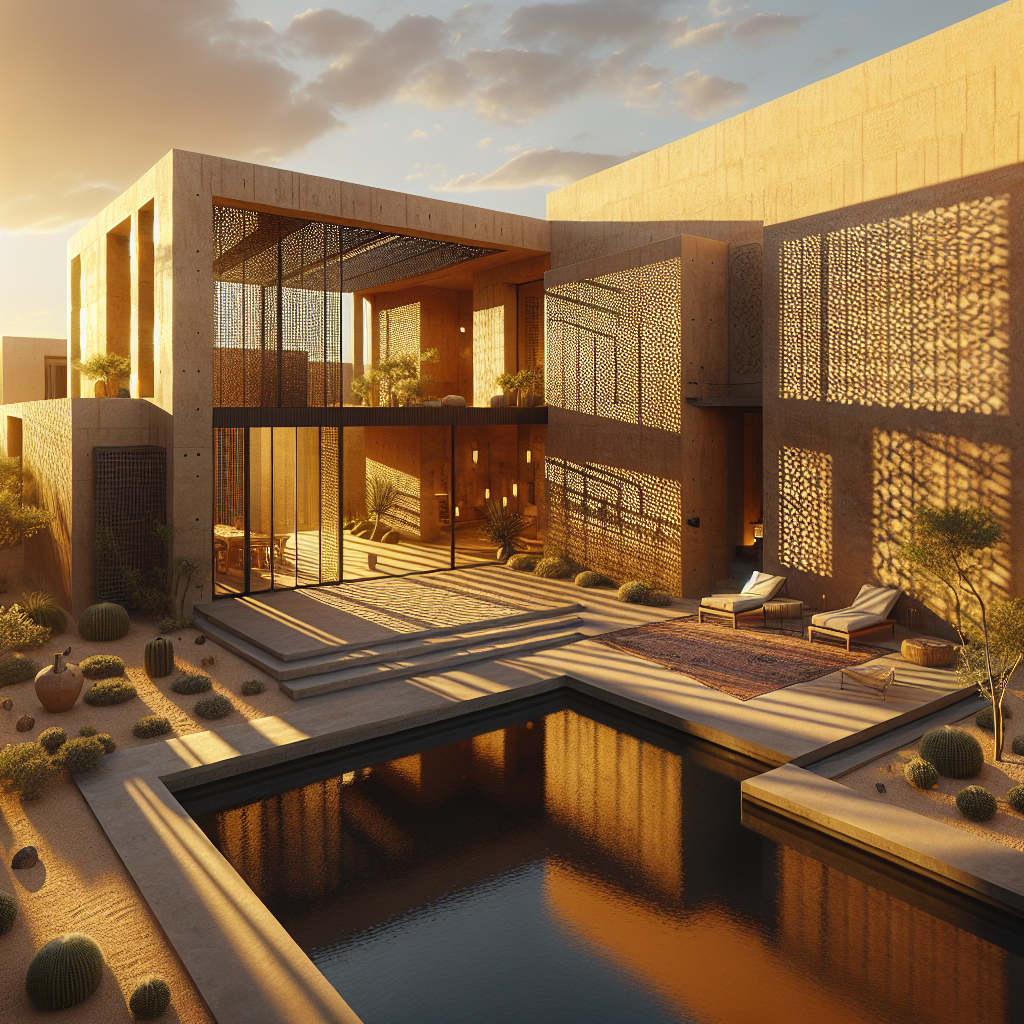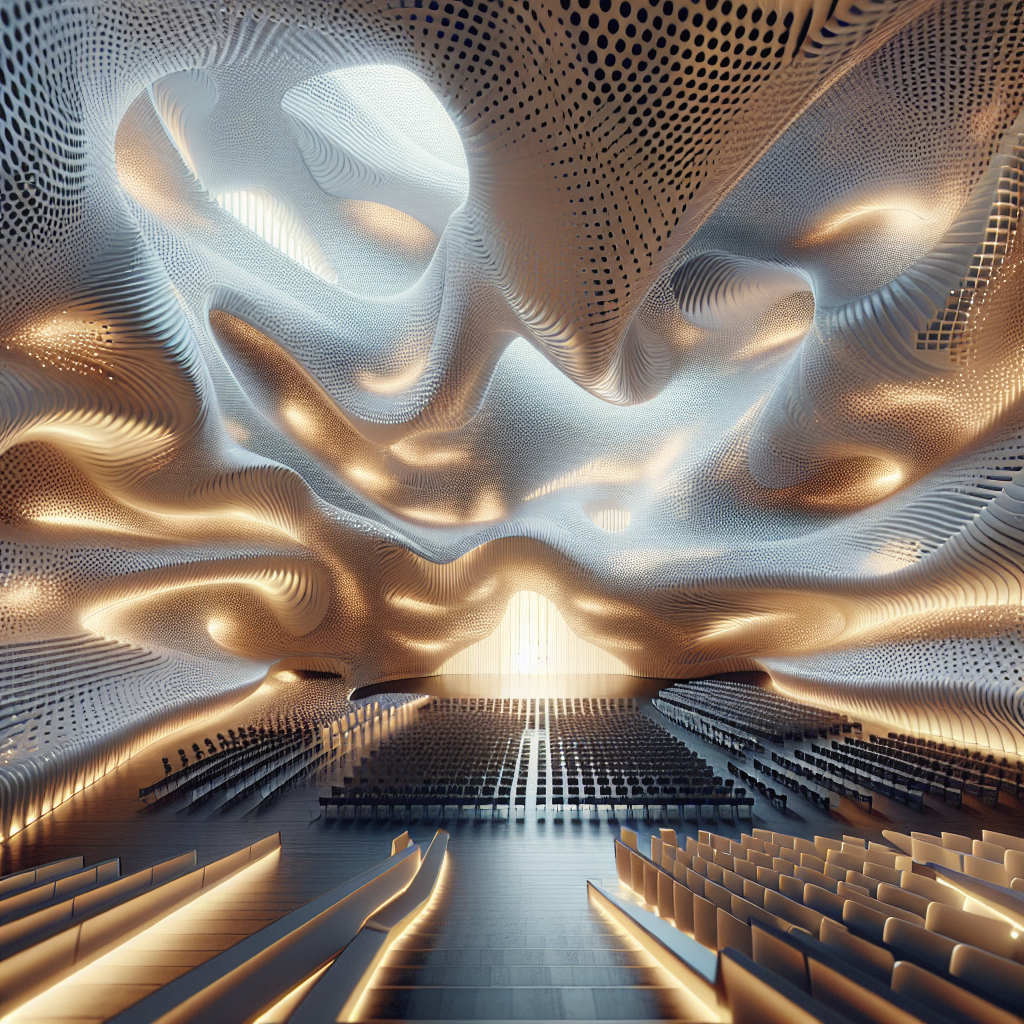Charting New Terrain: The Ascendancy of Art Installations in Non-Traditional Spaces

The Intersection of Art, Design, and Architecture
Delve into the world of contemporary art and discover the upsurge in art installations, a fascinating blend of traditional and modern elements, infusing unexpected spaces with life and meaning. This evolution, which anchors firmly on the intersection of art, design, and architecture, invites the viewer to encounter art in everyday, unanticipated environments.
Transforming Unconventional Spaces into Artistic Realms
This unorthodox paradigm, emerging on the forefront of the global art scene, transforms unsuspecting locales into immersive artistic realms. From abandoned factories to underground tunnels, remote nature spots, and bustling city streets, artists are redefining the boundaries of exhibition spaces and, in turn, influencing architecture and spatial design principles.
Breaking Away from Traditional Gallery Walls
Often serving as social and cultural commentaries, these art installations in unconventional spaces break away from the confines of traditional gallery walls. With these installations, art ceases to be an object viewed from a distance; instead, it becomes an experience, an interaction—bridging the gap between the art and the observer.
Ingenious Creativity on Unconventional Canvases
Public spaces, warehouses, and deserted structures have become canvases for ingenious creativity. Notably, for instance, British artist Heatherwick Studio’s ‘Little Island’ in New York – a sculptural park and performance venue on Hudson River – delivers an immersive, multi-sensory experience.
The Temporality of Artistic Brilliance
Moreover, the masterstroke in these non-traditional art installations lies in their temporality, often creating fleeting moments of artistic brilliance. For example, Christo and Jeanne-Claude, renowned for their large-scale environmental works, would wrap landmarks or install visually stunning displays in landscapes, leaving an indelible impact.
Influencing Urban Landscapes and Design
As urban development continues to evolve, these unconventional installations influence the way architects and urban planners conceive of and design spaces. This cross-disciplinary approach to art, architecture, and design has the potential to revolutionize urban landscapes, shifting the perception of city streets from mere thoroughfares to potential artistic forums.
A Dialogue about Public Space
Artists and designers utilizing non-traditional spaces for their work aren’t just altering our perception of what constitutes an art venue; they are creating a dialogue about public space and its purpose. By integrating art into everyday life, these creative endeavors are democratizing access to artistic expressions.
Diversity and Perspectives in Art
Diversity plays an essential role in this movement. Artists from diverse backgrounds bring different perspectives to their work, influencing how installations are created and received. For instance, Japanese artist Yayoi Kusama, known for her iconic Infinity Rooms, creates experiential spaces that immerse visitors in a surreal cosmos of mirrored spaces and polka dots. Kusama’s installations, while providing a unique sensory experience, also symbolize her ongoing struggle with mental health, opening conversations on topics often stigmatized.
The Impact of Technology on Art Installations
Meanwhile, technological advancements continue to influence these innovative spatial designs. From Augmented Reality (AR) and Virtual Reality (VR) to sophisticated lighting techniques, artists are employing cutting-edge technology to elevate their installations. Noteworthy is teamLab, a Japanese art collective known for their interactive digital art exhibitions. Their installations, merging art, science, and technology, immerse spectators in kaleidoscopic, dynamic digital landscapes, exemplifying the transformative power of technology in art installations.
Redefining Art and Public Spaces
Hence, this exploration of non-traditional art installations underlines the metamorphosis of art itself—taking it from the hallowed halls of established galleries into the broader public realm. By leveraging unexpected spaces, artists are generating a fresh dialogue on what art can be and where it can exist. Their innovative work, in turn, challenges and redefines the boundaries of design and architecture, thus reshaping our interaction with both art and public spaces.





